The scientific developments brought forth by human endeavour in 2022 will make us a truly spacefaring civilization states Satyen K. Bordoloi
Statistical probability says that with millions of stars and hundreds of millions of planets, life must surely exist elsewhere in the universe. The thing about statistics is they can lie in plain sight. Even if there is life elsewhere, what if it is still rudimentary? More terrifyingly, as some scientists have argued, considering the relatively young age of the universe, what if we are the first of the intelligent lifeforms in it?
If we are alone, or the first in the universe, it is our moral responsibility to do two things: ensure we spread to its furthest corners, and if life elsewhere needs a little push, we can provide it i.e. whether god exists or not, it just might be human destiny to be the first among gods among species in this universe.
The last 200 years of scientific progress is proof of humans bridging our gap with the gods. In the next 200, we could come within touching distance. Yet, the biggest goal of all – perhaps the first dream humans saw looking up at the stars to take inspiration to create gods – remains unfulfilled. After the first moon forays in the 60s and 70s, the only space object humans have set foot on, is in literature and cinema. On December 11, 2022 – we crossed half a century of setting foot on anything that’s not from earth.
2022, thankfully, has been a year to begin the journey to correct this colossal space blunder.
50 years from now when our next generation will be sipping whiskey on the surface of Mars, they will teach that 2022 was the year when humanity finally broke its shackles, its beautiful prison called the planet earth and managed to take the first steps in being a truly space-faring civilization.
The following nine – among the hundreds that made scientific news in 2022 – I think will ‘boldly take us where no human has gone before’.
Multiple Lunar Missions
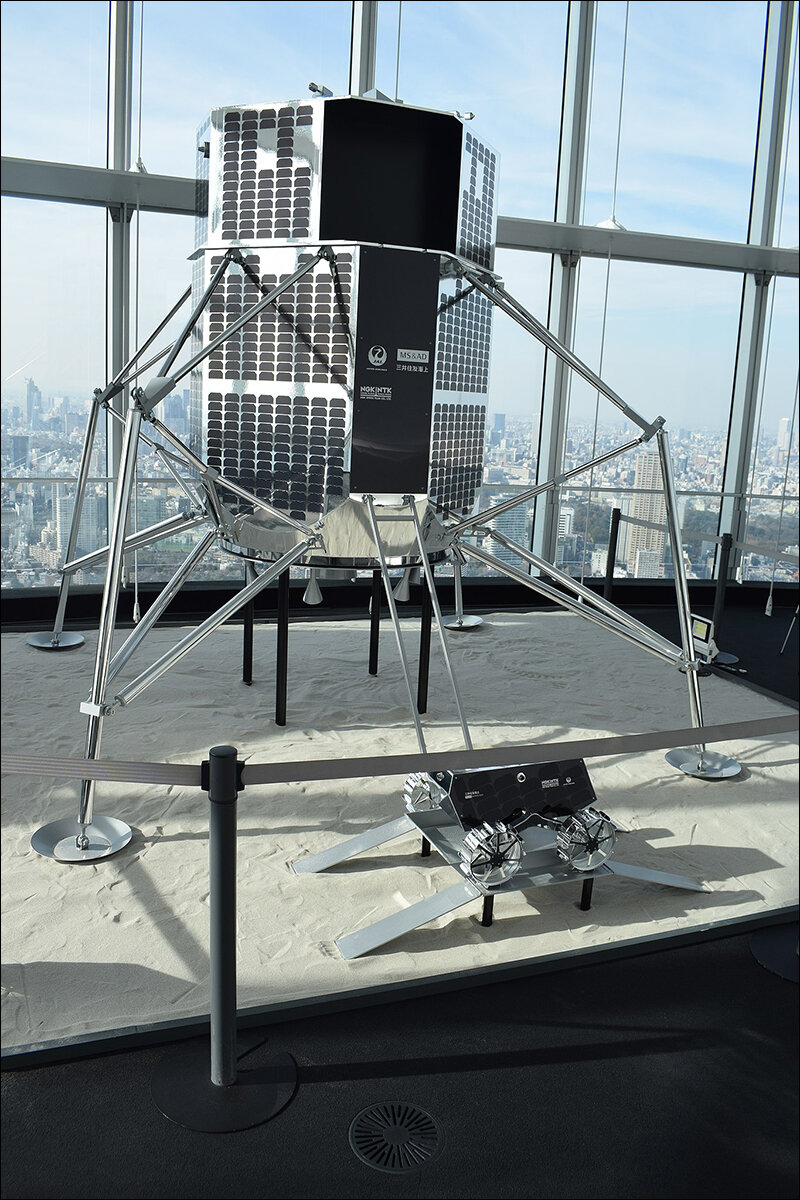
2022 was the year when humans just couldn’t have enough of the moon. Six different types of missions from Japan, South Korea, Russia, India, the United Arab Emirates, and the United States were planned. Of themtwo – India’s and Russia’s – got pushed to next year. The rest were a success. So confident has NASA become after these missions that they announced that before this decade is through, humans will live on the Moon. This is crucial if we are to head further up into the stars as the moon is expected to be to human exploration of the solar system, what Cape Canaveral is to NASA or Sriharikota is to ISRO. Moon would become the supply base for humans faring further out, and also the place where we debrief on return. If all goes to plan, by the end of this century, so many habitations are expected to spring up on the moon that on clear skies, night gazers will be able to see them with powerful telescopes.
James Webb Space Telescope
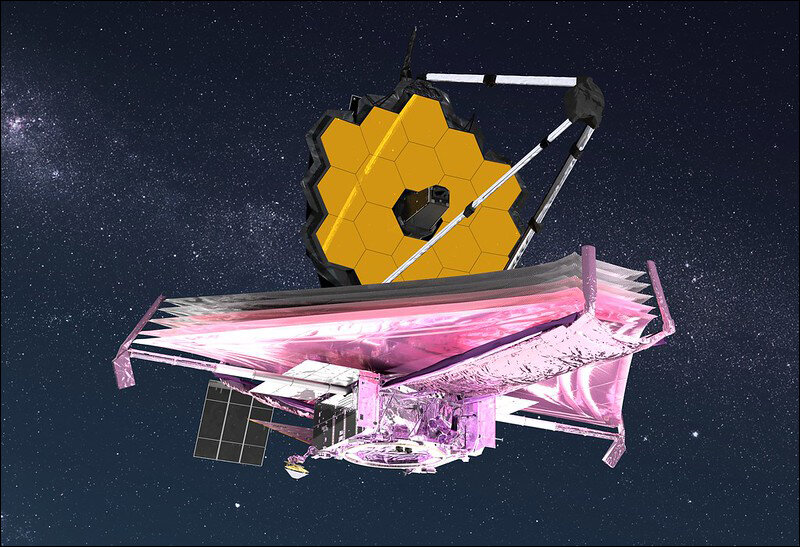
There is perhaps no human on the planet who has not seen at least one picture taken by the JWST this year. It ended up becoming a time travelling periscope we used to photograph the universe barely a few hundred million years after creation. It has already changed not just astrophysics, but classical physics. It has proven the existence of water in some exoplanets and will be vital in future space missions. Yet, its greatest achievement was in its launch and final deployment. It is literally the most complicated piece of equipment ever sent into space by humans. Its launch and deployment were so complicated that even a tiny mistake in over 344 single-point failures in it – the most in any space mission ever – could have thrown it off course. That it went off without glitches is proof of the concept of what we can truly achieve. Future missions would be much more complicated, but looking at how the engineers and scientists at NASA launched JWST, future humans will be certain to take inspiration from it.
Tiangong – China’s Space Station

On 29 November this year, the Shenzhou 14 mission launched from the Gobi Desert with three taikonauts (Chinese for astronauts) and docked at their recently completed station Tiangong replacing the final crew finishing its construction. After the US and Russia, China has become the third nation to operate a permanent space station. The important thing is that this is now only one of the two space stations in space, the other being the ageing ISS – International Space Station. Space Stations are crucial for human exploration into the stars. So far they are the only places habitable by humans in space. Even after we establish permanent colonies on the Moon, space stations will be critical not just for travels to the moon, but beyond. The future could see us establishing space stations millions of miles away from Earth, to serve as bases for those going beyond or returning. More importantly, space-faring humans could take materials to create space stations wherever they go, to serve as safety or escape points. E.g. Before humans reach Mars, perhaps AI robots could be sent to create a space station just above Mars for humans to have a point of communication and escape if something were to go wrong on Mars. Origami-style space stations – like JWST’s solar panels – that unfold, could become part of every space mission. China’s Tiangong is crucial in the space journey of humans.
Artemis 1
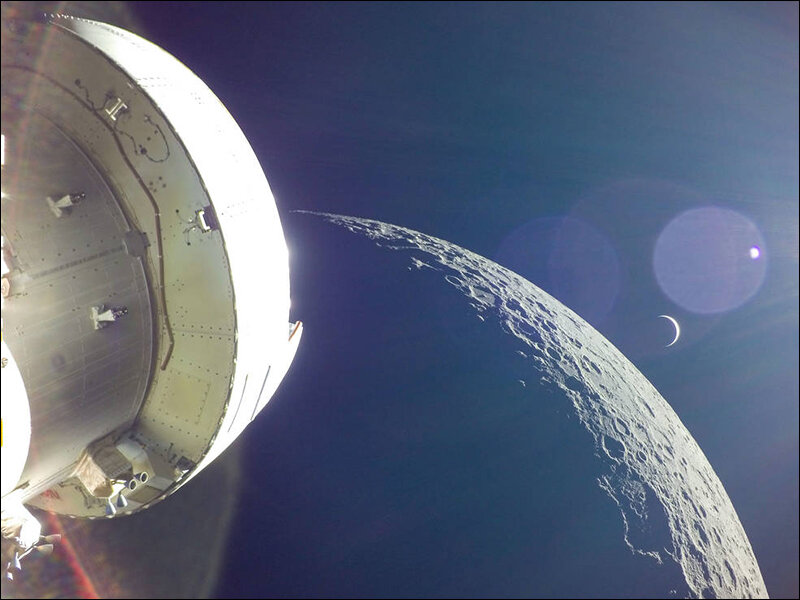
Moon missions, telescopes and space stations are great but lose part of their raison d’etre if we cannot be where we are supposed to go first: the moon. The Artemis I mission, NASA’s first foray into launching humans on the lunar surface after just over half a century, was a step in that direction. NASA’s most powerful rocket the Space Launch System lifted off with the Orion spacecraft on November 16, heralding NASA’s return to the moon. This will be the first mission of humans to explore space beyond. Though it had no humans and instead carried three test dummies, the team pushed the limits of what the Orion spacecraft can do, reaching 270,000 miles from earth – the furthest for a spacecraft built for humans. 2024 will be the year when NASA launches astronauts on Artemis 2 and it will all be possible because Artemis 1 was successful. Humans living on the Moon by 2030 and Mars by 2040 will become possible because of the data gathered by Artemis.
The Year of Fusion

Most science fiction about humans travelling to space, uses engines running on fusion energy. So far this form of nuclear energy which is safer and better than fission has eluded us. 2022 changed all that. We all heard how scientists at the Lawrence Livermore National Laboratory in the USA passed a major fusion milestone when they used 192 lasers to ignite a fusion reaction to fuse hydrogen atoms and produce helium, producing more energy than was used to trigger it. This has been hailed as the true start of the clean energy revolution in the world. However, the impact of this finding goes beyond using it as clean energy. Decades from now when this type of reaction is perfected, they will drive ships into the far reaches of space. Though this news got the most attention, this was not the only fusion energy news of the year. On September 9, the Chinese Academy of Engineering Physics announced that the nation has approved the construction of the world’s largest pulsed-power plant in Chengdu, Sichuan province with an intention to create nuclear fusion energy by 2028. This followed in the footsteps of a Chinese research team claiming to have created the world’s first power plant capable of converting fusion energy into electricity. 2022 also saw the completion of work by China on a key component of the International Thermonuclear Experimental Reactor (ITER) whose sobriquet is ‘artificial sun’. Though based in France, this project is one of the biggest global collaboration projects of 35 nations – India and 27 European nations and the US and Russia among them. A few decades from now – like in science fiction today – fusion energy might be used to fuel spacecrafts.
AI Capabilities come closer to Humans
Most humans don’t realise how crucial Artificial Intelligence is to space exploration today. The first ‘intelligence’ to land on Mars was the multiple AI systems that are guiding Perseverance’s two-year exploratory mission. Also, Perseverance is the first fully self-driving vehicle, at least in our solar system. Of course, the minuscule traffic on the planet – only 2 other operating rovers (Curiosity and Zhurong) and 18 dead ones – does help its chances. Beyond jokes, Artificial Intelligence will be integral to the exploration of the universe. The first earth intelligence further than Mars, will also be AI. Space is notoriously hostile for biological humans. AI has no such limitations.
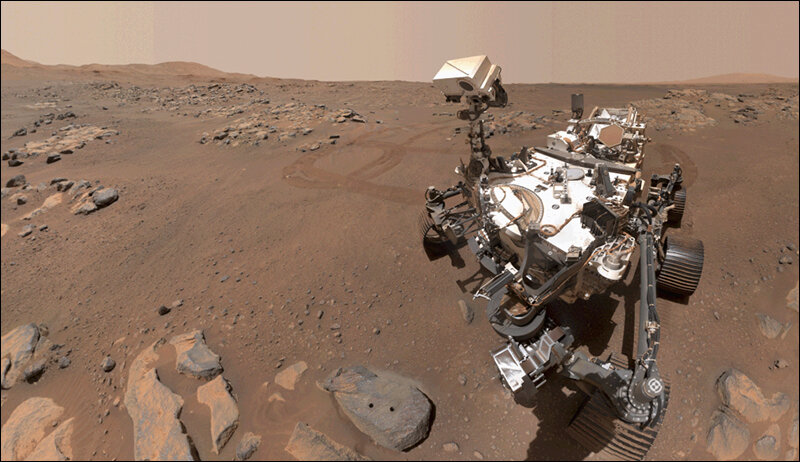
ChatGPT
What has ChatGPT got to do with space missions? Haven’t you seen 2001: A Space Odyssey? Robots with AI brains and AI in the ships themselves will be indispensable for space travel as they will keep all complex systems together. But where ChatGPT makes a difference is in making AI explainable. Nearly a decade ago, AI systems did things we were not able to understand and it was unable to explain. Explainable AI is vital and an AI that can explain itself in the symbolism that we understand – language – is indispensable. Space missions involve people who are not expected to know everything. A good AI system can. A large part of long missions will involve complicated things that are beyond the purview of one or a few individuals to control. A host of AI systems would be needed to do that with humans supervising them and ChatGPT is the most evolved step we know of so far in that direction. Of course, checks and balances would have to be ensured so that no HAL 9000 endangers any humans like in 2001: A Space Odyssey.
DART Mission
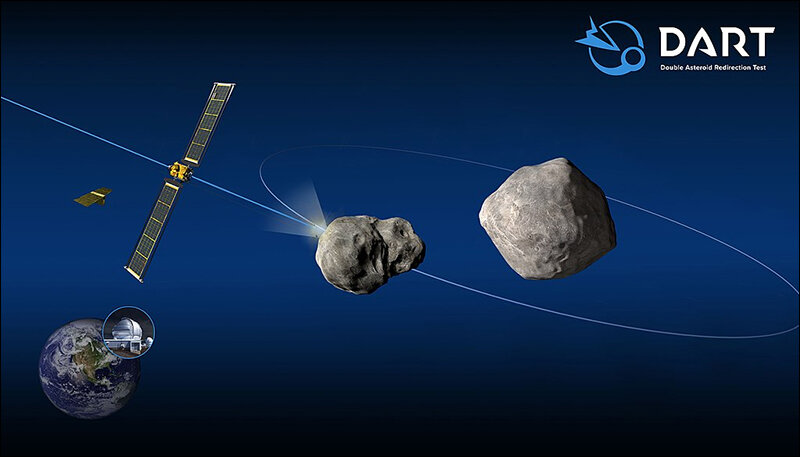
Part of any human mission that goes to space, is to also protect the planet from attacks from space. No aliens – contrary to gazillion conspiracy theories – are likely to attack us anytime soon. What can wipe out most life on the planet better than any alien, are space rocks. In 2022 mankind took their first and boldest yet steps to protect the earth in case some rock tries to do that. It was aptly called Double Asteroid Redirection Test – DART. It was akin to a dart thrown at high speed on a big rock. The trick for future missions will be to detect dangerous space rocks with enough time and distance on hand because only if such a rock is diverted at a considerable distance, can this work. The DART mission was an integral part of that and has provided planet Earth with enough data for future protection.
Age of the Quantum Computer

(Image Credit: IBM)
2022 will go down in history as the year when the first retail quantum computer went on sale. Quantum computing will be indispensable in future space travel not just because of the potential to literally calculate at hundreds of millions of times faster than supercomputers today but more importantly because of what it means for data transfer and communication. Today, radio signals from the Perseverance rover on Mars take anywhere between 4.3 to 21 minutes to reach earth based on the two planets’ position orbiting the sun. Quantum entanglement can change that. Scientists have already been able to instantly transfer small bits of information using the principle of quantum entanglement from one quantum computer to another. 20 years from now, if the principles hold up, spaceships will be equipped with quantum computers that will communicate instantly from any distance in the solar system or the galaxy. This will dramatically revolutionise astronomy and astrophysics, exponentially accelerating everything from inventions on earth to discoveries in space.
Space is not the final frontier – the insides of our minds, our consciousness is. Once we solve that, everything else will be a piece of cake. But space will continue to be the most dangerous place for humans. Space is custom designed to kill everything biological. It is dark, cold, distant and hostile to life. Surviving in space will require our strongest willpower and our best ingenuity.
Turns out so would surviving on the planet itself, thanks to our internal conflicts and climate change.
But destiny is not something to be achieved; it is an edifice that has to be created by sheer willpower. The destiny of humanity stands on the precipice: we could be the civilization that was reaching its peak but floundered and let it all slip away. Or we could become the ones that overcame our inner demons and ancient programming to create a new destiny for ourselves; and in doing so for the solar system, the galaxy and perhaps the whole universe.
Whatever happens, we will remember that it all began with these advancements in 2022. To infinity and beyond – that’s the destiny humans have to forge with their sheer will. The foundations for that, have been laid in 2022.
In case you missed:
- Alchemists’ Treasure: How to Make Gold in a Particle Accelerator (and Why You Can’t Sell It, Yet)
- Quantum Internet Is Closer Than You Think, & It’s Using the Same Cables as Netflix
- Can AI Solve Quantum Physics?
- Bots to Robots: Google’s Quest to Give AI a Body (and Maybe a Sense of Humour)
- AI as Cosmic Cartographer: Teen’s Discovery Illuminates Positive Power of Artificial Intelligence
- Microsoft’s Quantum Chip Majorana 1: Marketing Hype or Leap Forward?
- Google’s Willow Quantum Chip: Separating Reality from Hype
- The Growing Push for Transparency in AI Energy Consumption
- Forget Chernobyl: Your Instagram Feed Might Cause The Next Nuclear Disaster
- You’ll Never Guess What’s Inside NVIDIA’s Latest AI Breakthrough




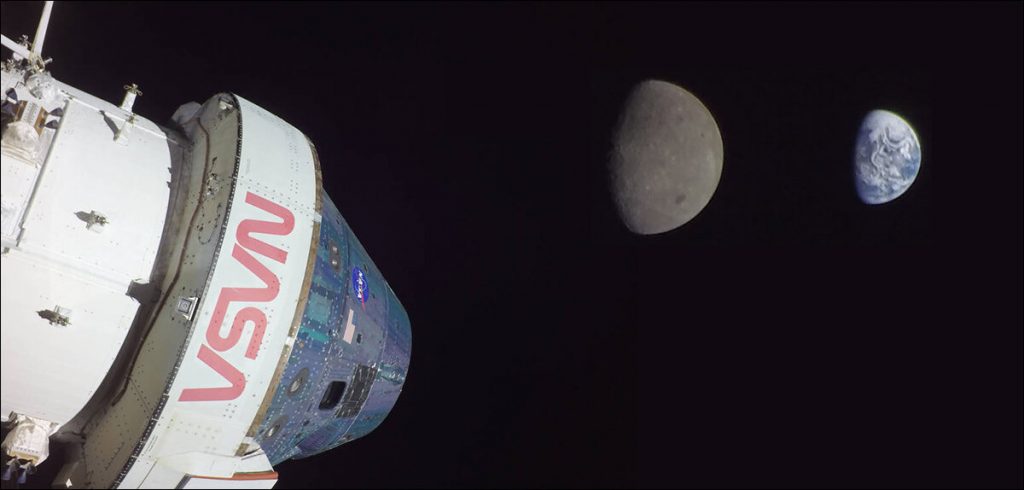






1 Comment
Thank you for this useful information, after reading this I have collected so much information about many things and about this page as well. Actually, I am a fashion blogger.